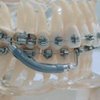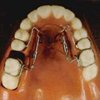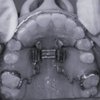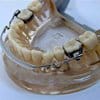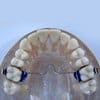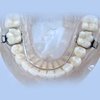Removable or Fixed Appliances?
Since children, unlike adults, do not enter our office on their own accord but of their dentist’s or parents’, we have to respect their deviant motivation and adjust the treatment planning to the needs of these patients. Our orthodontists are convinced of treating adolescents in a maximum of two years, because then their motivation usually decreases greatly, and their cooperation should not be overused.
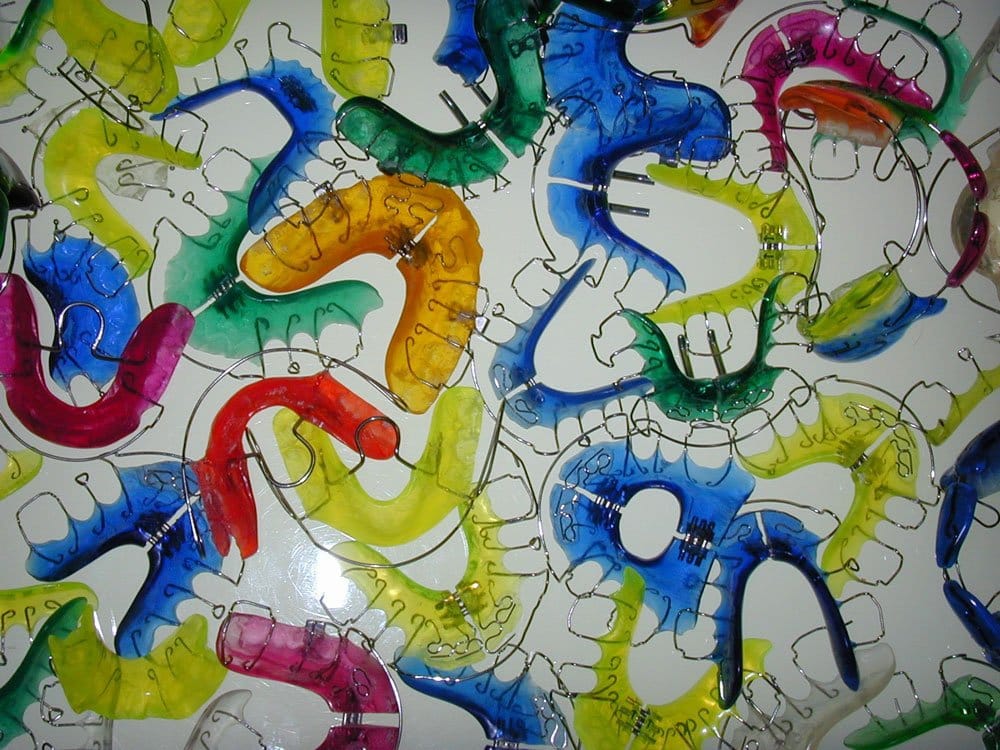
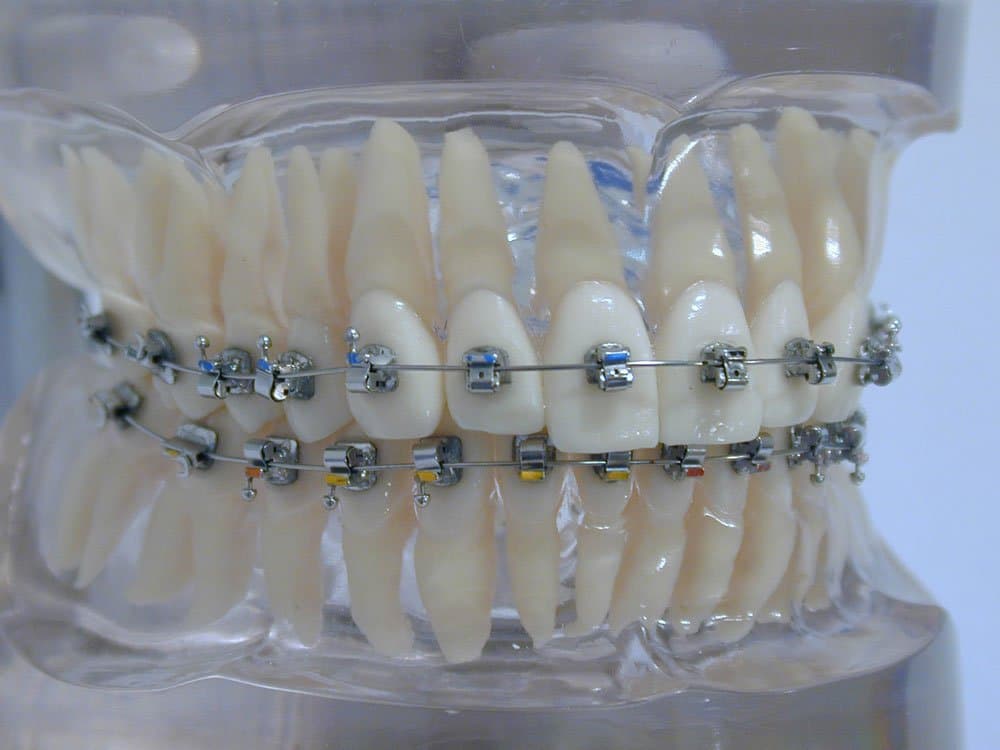
Thus, it is inappropriate to treat young adults with removable orthodontic appliances as these strongly affect speaking and therefore cannot be worn sufficiently. With removable appliances, overly long treatments and bad results are normal and more than a third of these treatments are discontinued without any success. Moreover, it is stressful for the parents as they constantly have to supervise and remind their children to wear their appliances. Though, most removables are completely unnecessary since the children get fixed braces in a second treatment phase. As a matter of fact, most treatments can be performed with fixed braces alone without a long pretreatment with removable appliances. The explanation for the nonsense of prolonged treatment with removables as common in Germany is on one hand the poor training of the orthodontists, on the other hand the regulation of fees which makes treatment with removables more profitable.
In contrast to that, it is consequent to work almost exclusively with fixed braces which request only good dental hygiene and result in short treatment times. When an orthodontic treatment in Germany takes an average of three years, we content ourselves with 18 months, i.e. half the time in our practice in Mannheim. The keys to that are clever timing of treatment, mostly starting when all permanent teeth are present, leaving out needless steps, and a consequent use of state-of-the-art fixed appliances. Even if this method is best for all participants, it is still the exception rather than the rule in Germany. From an international point of view, our office concept is located at the exact center of the orthodontic mainstream and this concept is scientifically sound.


Non-Compliance Treatments
We prefer so called non-compliance-treatments. All of the non-compliance-appliances have in common that they are fixed and develop their reliable effect without the patient’s cooperation.
In principle, they do not affect speaking or eating very much. For this reason, they are even more suitable for children than the removable appliances which demand for constant discipline and cooperation of the little patients. The most astonishing example of efficiency is probably the inconspicuous and cost-effective lower lingual arch which is almost invisible and hardly noticeable: its appliance right on time would spare children from millions of years of orthodontic treatment. Two thirds of children with lower incisor crowding could be treated successfully and without cooperation. As already explained above, primarily this does not happen for economic reasons.
The non-compliance-treatment means relief for the little patients, the health insurances, and last but not least for the parents who do not constantly have to check if appliances are worn by their children. The great popularity of the removable appliances in Germany, however, is only owed to our billing system, which particularly rewards long, less intensive treatments. Acting quality-conscious, our orthodontists focus on using fixed appliances and make use of non-compliance devices if necessary.
